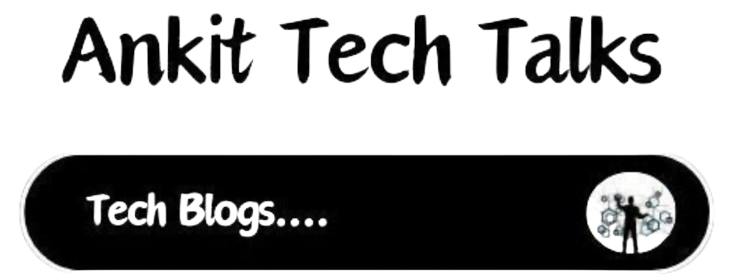In the ever-evolving landscape of artificial intelligence, OpenAI continues to push the boundaries with groundbreaking models. One such model that has caught the attention of researchers, developers, and content creators is the “Text to Video” Sora model. In this blog post, we’ll delve into what the Sora model is, how it works, and its potential applications.
Key Points of SORA Model
- Sora Text to Video Model developed by Open AI
- It takes textual prompt as input and generates corresponding realistic video content.
- As of now SORA model not available for Public.
- Text to VideoUsage DALL-E system to generate Realistic Visuals.

What is the Sora Model?
The Sora model, developed by OpenAI, bridges the gap between text and video. It takes textual input and generates corresponding video content. Imagine typing a few sentences describing a scene, and the Sora model creating a video representation of that scene. It’s like having a virtual video producer at your fingertips.
How Does It Work?
Text Input: Users provide a textual description of the desired video content. For example, “A sunny day at the beach with waves crashing against the shore.”
Encoding: The Sora model encodes the text into a latent representation, capturing the essence of the description.
Video Synthesis: Using this latent representation, the model generates video frames. It combines visual elements, such as landscapes, objects, and characters, to create a coherent video sequence.
Fine-Tuning: The Sora model is fine-tuned on large video datasets to improve its accuracy and realism.
Text To Video:
Sora is a text to video model developed by OpenAI. It possesses the capability to create videos from textual descriptions, prolong existing videos either forwards or backwards in time, and transform still images into videos. This model demonstrates advanced capabilities in video generation, leveraging both text and image inputs to produce dynamic visual content.
Applications:
Content Creation: Content creators can use the Sora model to quickly generate video clips for their blogs, social media, or marketing campaigns. No need for expensive video editing software—just input your text, and Sora does the rest.
Storytelling: Authors and screenwriters can visualize their narratives before filming. Describe a pivotal scene, and Sora will create a preview video.
Educational Videos: Teachers and educators can use Sora to create engaging educational videos. Describe a scientific concept, historical event, or mathematical problem, and Sora animates it.
Personal Projects: Want to create a custom video greeting card? Describe the scene, add some personal touches, and let Sora bring it to life.
Limitations:
While the Sora model is impressive, it’s not perfect. Generating high-quality videos from text is still a challenging task. The model may occasionally produce artifacts or inaccuracies. Additionally, longer descriptions may result in less coherent videos.
Conclusion:
The Text to Video OpenAI Sora model represents a significant leap in AI capabilities. As it continues to improve, we can expect even more exciting applications. Whether you’re a content creator, storyteller, or educator, Sora opens up new possibilities for turning words into visuals
Read More about recent AI model
Frequently Asked Questions
Who own Text to Video Sora model?
Sora stands as an artificial intelligence model crafted by OpenAI with a generative capacity.
Is ChatGPT owned by OpenAI?
Yes!,it’s own by ChatGPT
How does ChatGPT work?
ChatGPT utilizes a deep learning architecture called the Transformer, specifically GPT (Generative Pre-trained Transformer). It learns patterns in language data and generates responses based on the input it receives.
What can I use ChatGPT for?
You can use ChatGPT for various purposes such as getting information on different topics, brainstorming ideas, improving writing skills, practicing languages, and more.
Is my interaction with ChatGPT private?
OpenAI takes privacy and data security seriously. While interactions with ChatGPT may be logged for research and development purposes, OpenAI has measures in place to protect user privacy and confidentiality.
How can I report inappropriate behaviour from ChatGPT?
If you encounter inappropriate behaviour from ChatGPT, such as generating offensive or harmful content, you can report it to OpenAI through the appropriate channels for review and action.
